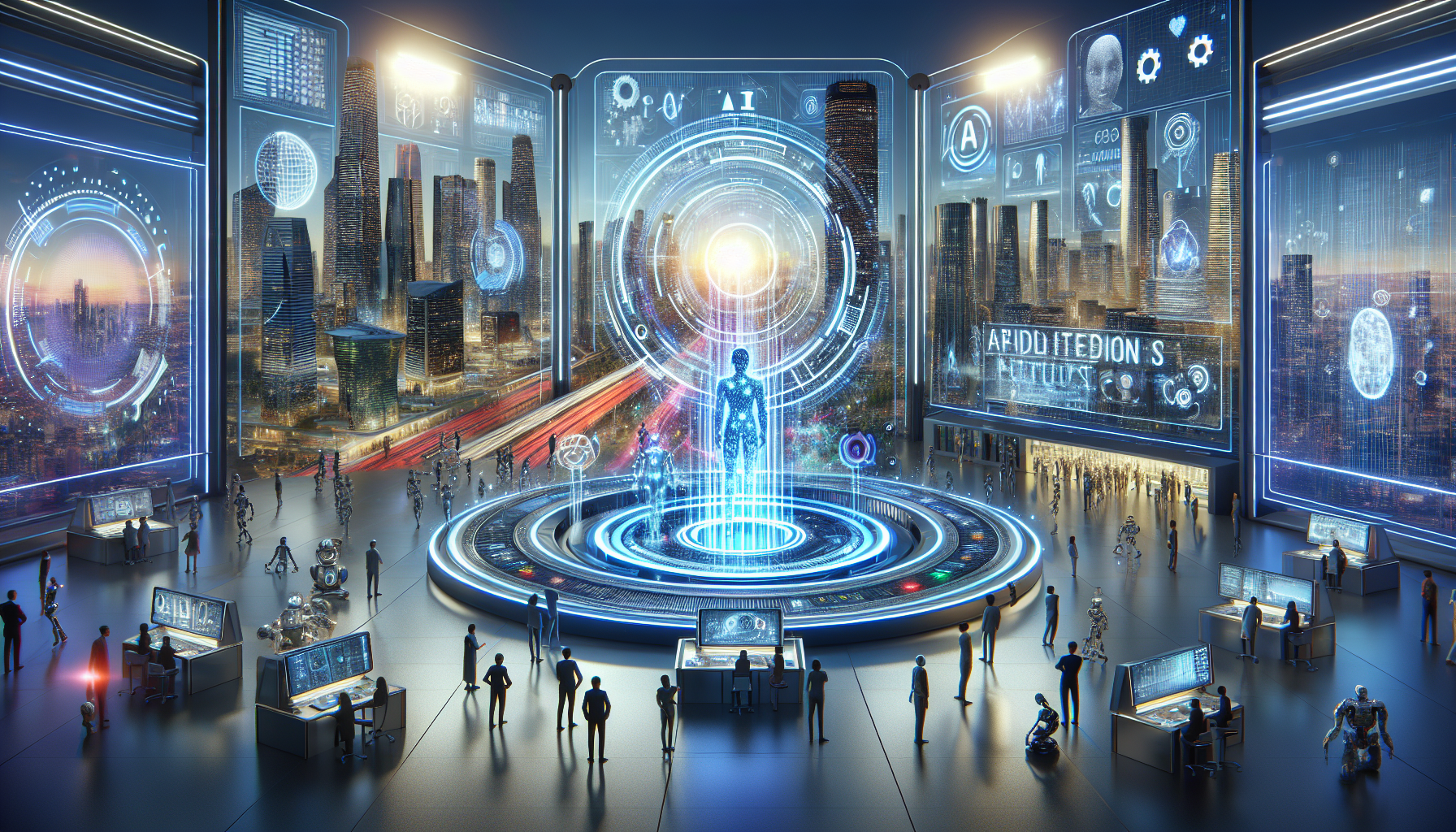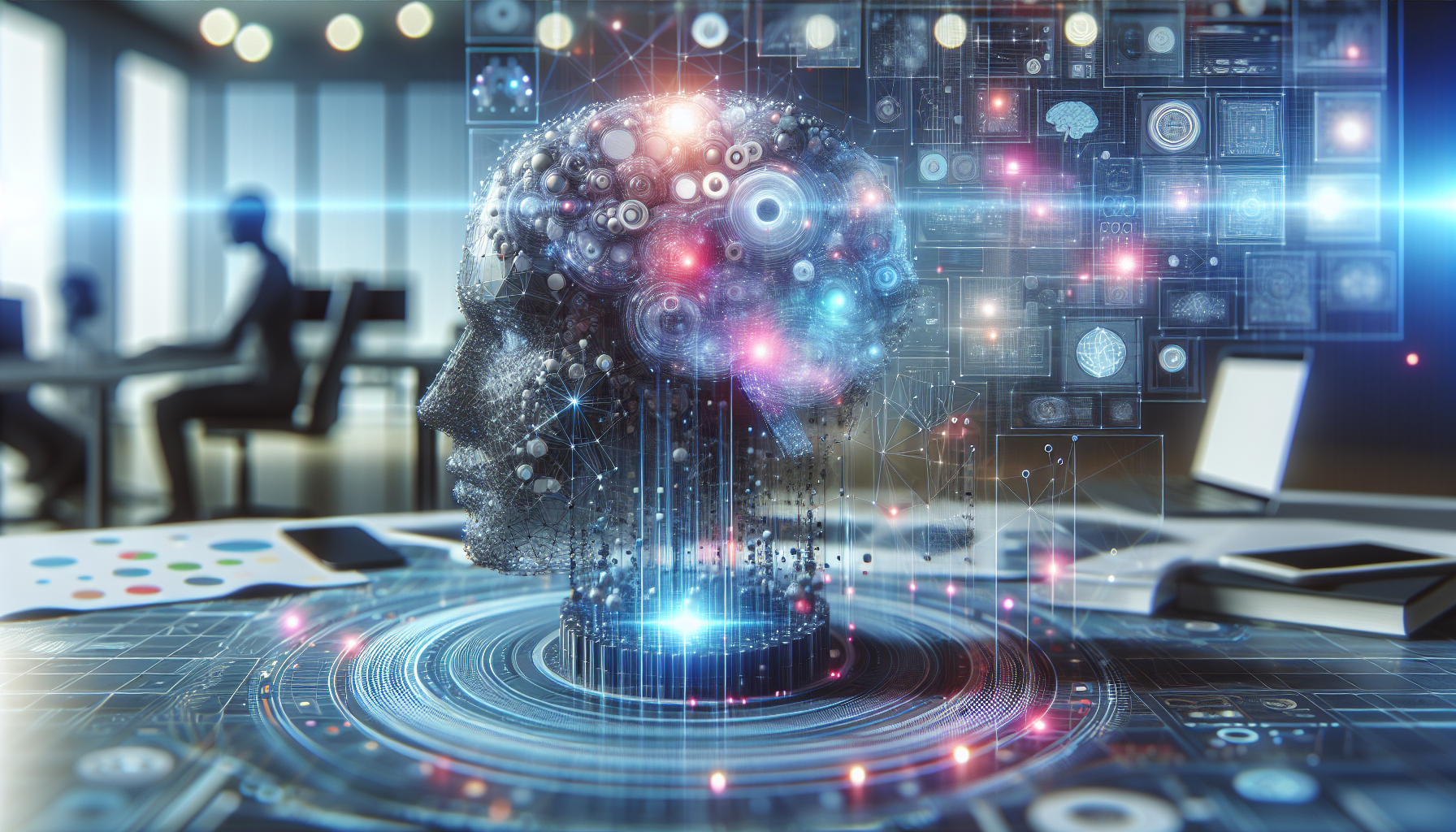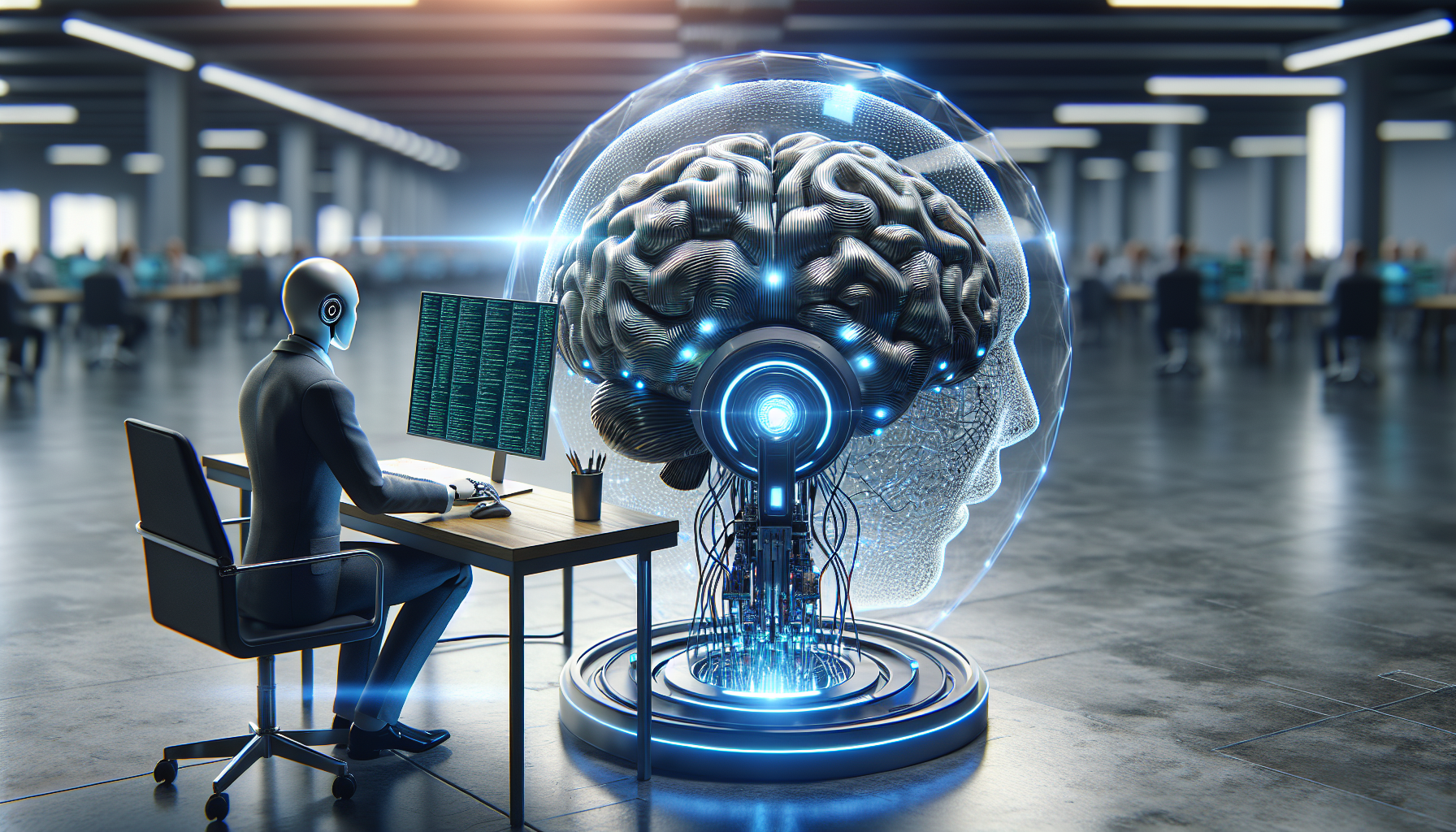
AI and Human-Computer Interaction: Future Predictions That Demand Our Attention
November 13, 2025
Artificial intelligence, once a distant dream, now stands as a prominent player in the realm of human-computer interaction (HCI). While enthusiasts herald its transformative potential, a critical examination reveals substantial challenges that could redefine how we engage with machines. As AI continues to evolve, its integration into everyday life is far from seamless, often raising more questions than it answers about the future of human-AI collaboration.
The promise of AI in HCI lies in its ability to create intuitive, personalized experiences. Yet, the road to achieving this is fraught with complexities that developers and ethicists must navigate with caution. At the heart of this issue is the question of trust. For AI systems to genuinely enhance human-computer interaction, they must be perceived as reliable and transparent. However, the opacity of AI algorithms often leads to skepticism and resistance among users. How can we trust a decision-making process when its inner workings remain a black box to even its creators?
Furthermore, AI's ability to understand and replicate human emotions—a key component of effective HCI—remains superficial at best. While machines can now recognize facial expressions and tone of voice, their interpretations often lack the nuanced understanding that comes naturally to humans. This gap becomes starkly evident in applications like customer service or therapy bots, where misinterpretations can lead to dissatisfaction or even harm. The challenge is to develop AI that not only mimics but genuinely comprehends emotional cues, a task that demands advancements in both technology and ethical guidelines.
Privacy concerns also loom large in the AI-HCI landscape. The more AI systems learn about us, the better they can tailor interactions. However, this personalized experience comes at the cost of personal data. The trade-off between convenience and privacy is a contentious issue, one that demands robust regulatory frameworks to ensure that AI advancements do not come at the expense of individual rights. Can society strike a balance, or will the pursuit of personalized interaction inevitably lead to a surveillance culture?
In addition to these ethical considerations, there is the practical matter of accessibility. AI has the potential to revolutionize HCI by making technology more accessible to individuals with disabilities. Yet, current AI systems often fall short, largely because they are trained on datasets that do not adequately represent diverse user needs. This lack of inclusivity not only limits the potential benefits of AI but also raises questions about who gets to participate in this technological future. How can AI be harnessed to truly democratize access to technology, rather than perpetuating existing disparities?
Another dimension of AI in HCI that warrants critical attention is the economic impact. As AI systems become more capable, the potential for job displacement grows. While AI can handle routine tasks, its encroachment into roles that require human judgment and creativity could have profound implications for the workforce. The skills gap is another concern, as current educational systems may not adequately prepare individuals for an AI-driven economy. Policymakers and educators must address these challenges to ensure that the workforce of tomorrow is equipped to thrive alongside intelligent machines.
Moreover, the sustainability of AI technologies is an often-overlooked aspect of this conversation. Training AI models requires significant computational power, leading to substantial energy consumption. As the demand for AI-integrated solutions rises, so too does the environmental footprint of these systems. The tech industry must prioritize sustainable practices to mitigate the impact of AI on climate change, a task that requires innovation and commitment.
Navigating the future of AI and HCI is a complex endeavor that demands a multidisciplinary approach. It requires collaboration between technologists, ethicists, policymakers, and the public to ensure that AI developments enhance, rather than hinder, human interaction. As we stand on the cusp of a new era in computing, the questions we ask today will shape the future of human-AI collaboration. Will we harness AI to create a more inclusive, understanding, and sustainable world, or will we allow its unchecked growth to exacerbate existing challenges?
This is a pivotal moment for AI and human-computer interaction, one that calls for critical reflection and decisive action. As we ponder the road ahead, the onus is on us to navigate this journey with foresight, responsibility, and a commitment to the greater good.


